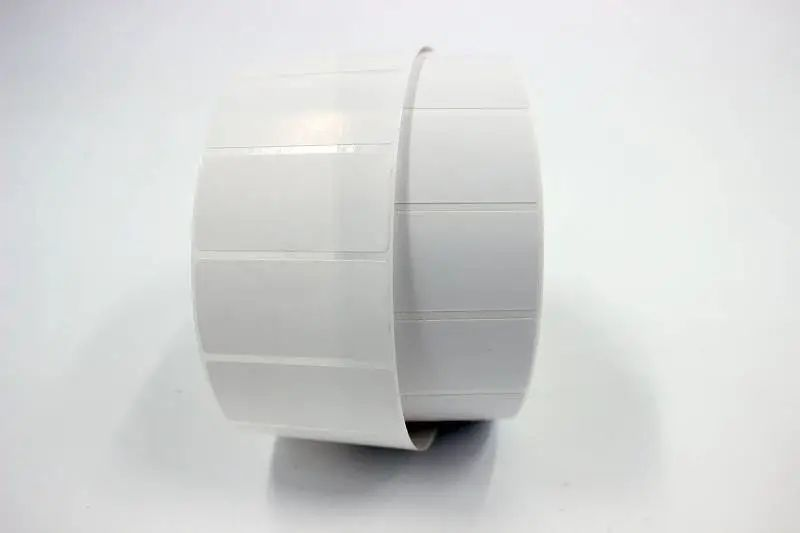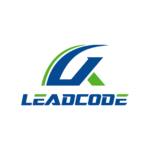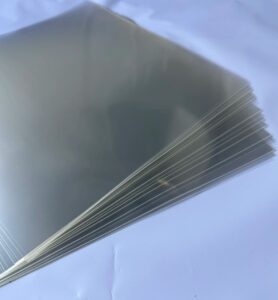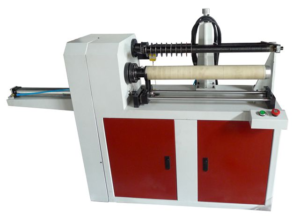
Self-adhesive printing consists of three parts: surface raw materials, backing paper and adhesive. Let’s learn more about it:
First of all, according to the performance of adhesives, they can be divided into two categories: permanent adhesives and removable adhesives.
Secondly, the importance of the surface of the label is emphasized: this is because the self-adhesive sticker processed by self-adhesive printing is likely to be labeled on the surface of every raw material, such as glass, metal, cardboard and plastic. Plastics can be further divided into: polyethylene, high-density polyethylene. The test shows that different labeling surfaces have the greatest influence on the performance.
Thirdly, the surface structure and shape of the label substrate: intuitively speaking, a rough label surface needs a strong glue. The surface of the label substrate can be divided into plane and curved surface. If the surface of the label has a corresponding curvature, it is very likely that the adhesive with good adaptability or strong viscosity is needed.
Fourthly, the cleanliness of the surface of the label: self-adhesive printing is most suitable for cleaning, drying, and no oil stains and ash layers on the label substrate.
Fifth, the application environment: whether it can be used outdoors, under continuous high temperature, humidity or ultraviolet light, and whether it can be close to the automobile engine with higher temperature.
Sixth, the requirements for printing methods and processing methods of self-adhesive materials: Only after selecting different printing methods (such as flexographic printing, letterpress printing, offset printing, thermal transfer and other processing methods) can the printed materials be determined.


